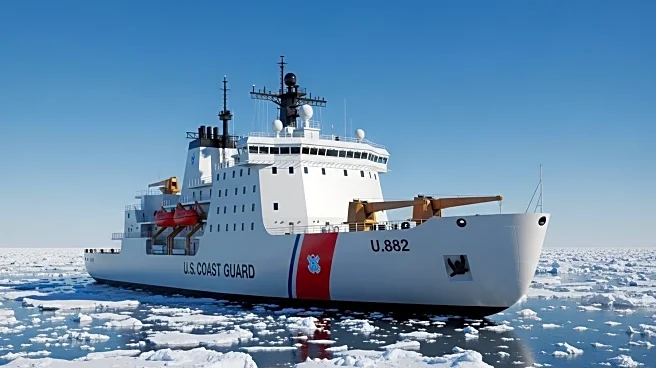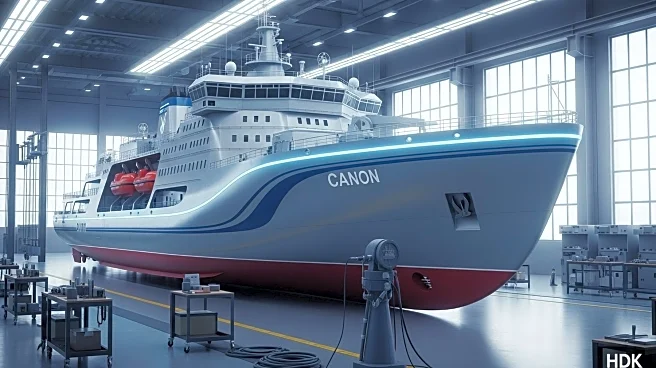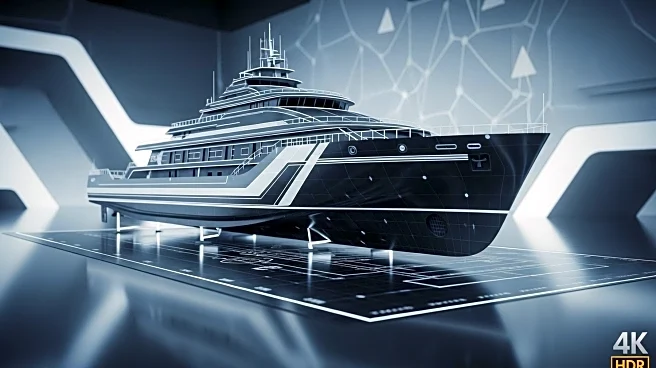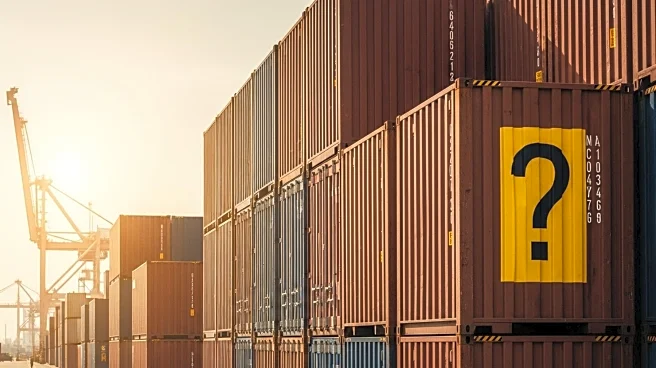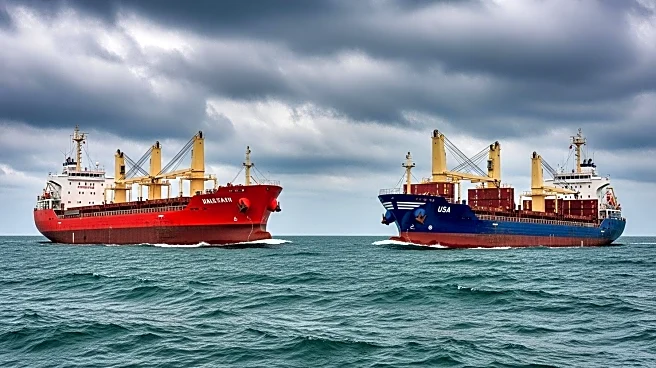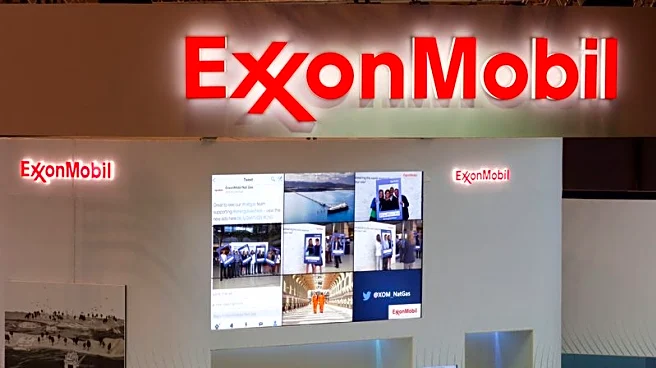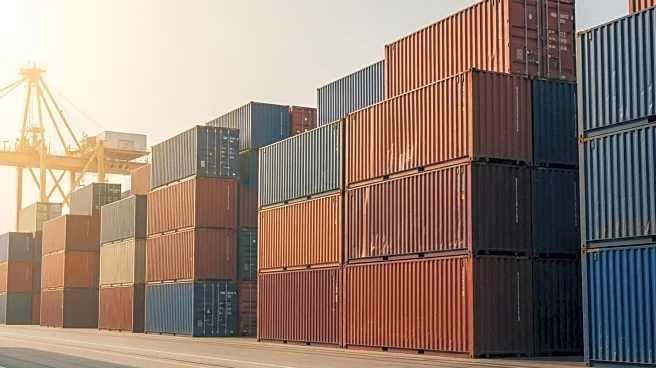What's Happening?
Davie, a Canadian shipbuilder, has unveiled plans for a $1 billion 'Icebreaker Factory' at the Gulf Copper yard in Galveston, Texas. This facility aims to fulfill the Trump administration's icebreaker procurement priorities, leveraging expertise from Davie's Finnish shipyards. The proposed factory includes new assembly bays and shiplifts, replacing existing infrastructure at the site. The initiative is driven by the One Big Beautiful Bill Act, which allocates $3.5 billion for medium icebreakers. The U.S. Coast Guard is seeking rapid delivery of an 'Arctic Security Cutter' within three years, aligning with President Trump's term. Davie's plan could support up to 2,000 jobs locally and 7,000 statewide, with an estimated $9 billion economic impact across Texas.
Why It's Important?
The establishment of an icebreaker factory in Galveston is crucial for addressing the U.S. Coast Guard's urgent need for icebreaking capabilities, particularly in the Arctic region. This project supports national priorities to recapitalize the icebreaker fleet and close the shipbuilding gap with China. The facility promises significant economic benefits for Texas, potentially creating thousands of jobs and boosting local industries. Additionally, the partnership with foreign shipyards highlights the strategic importance of international collaboration in defense procurement. The initiative underscores the U.S. commitment to enhancing Arctic security and maintaining a competitive edge in global shipbuilding.
What's Next?
Davie is expected to proceed with refitting the Gulf Copper yard, contingent on securing a Coast Guard contract. The project could lead to increased collaboration between U.S. and foreign shipyards, potentially accelerating the delivery of icebreakers. As the Coast Guard evaluates proposals, Davie's expertise in icebreaker construction may position it as a key player in the U.S. shipbuilding industry. The economic impact of the factory could stimulate further investment in Texas, enhancing the state's role in national defense manufacturing. Stakeholders will closely monitor the project's progress, anticipating its contribution to U.S. Arctic security and shipbuilding capabilities.
